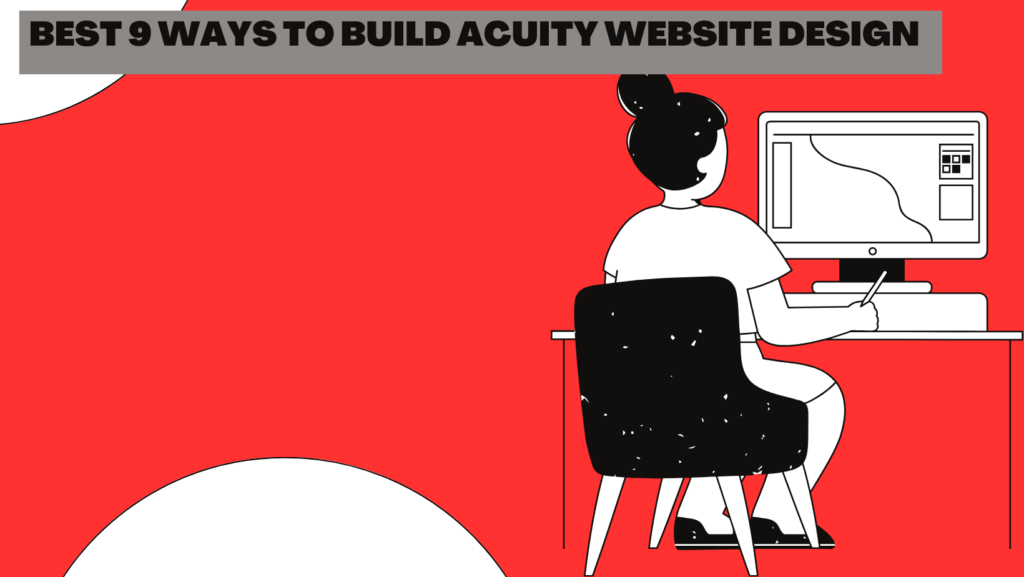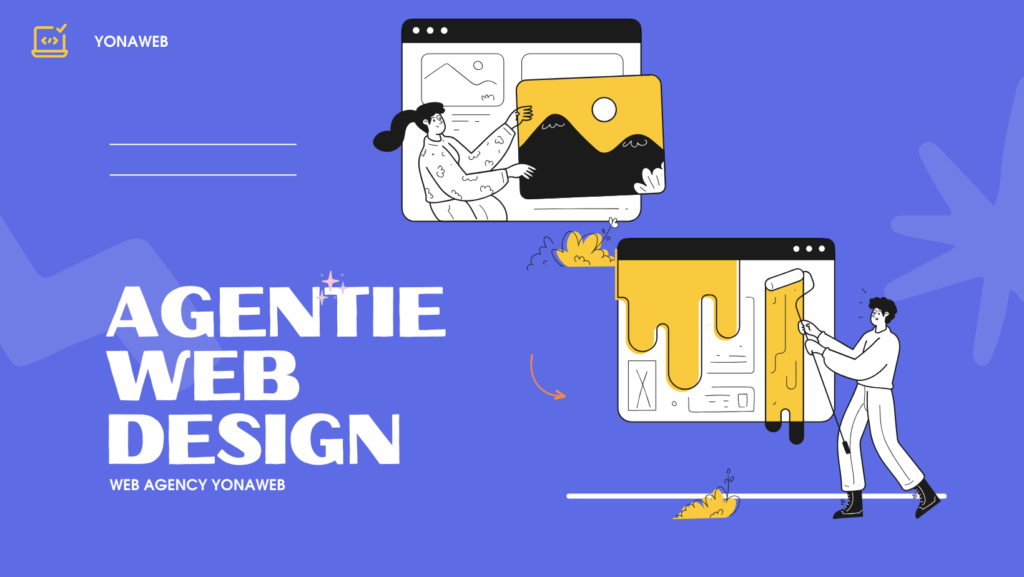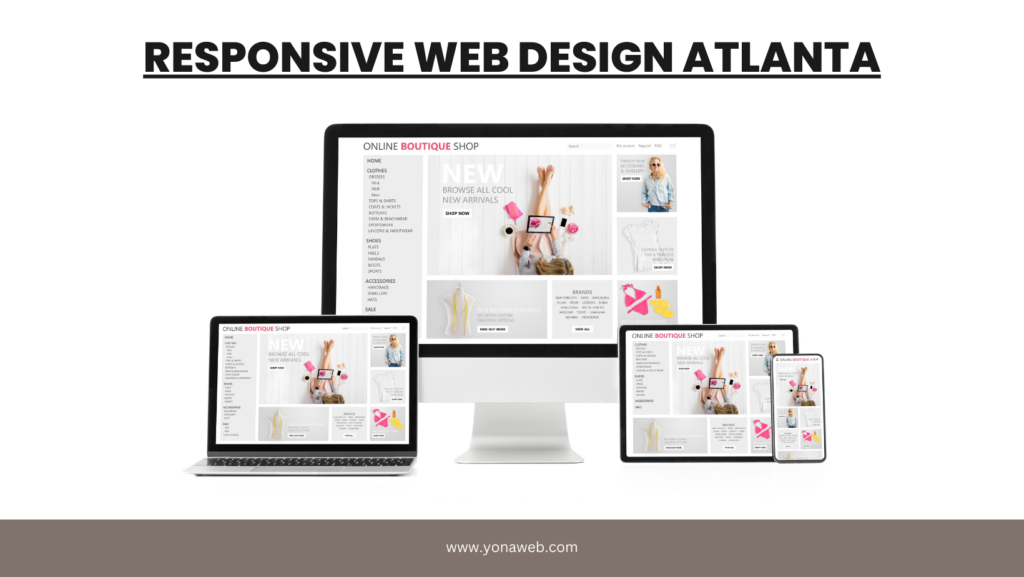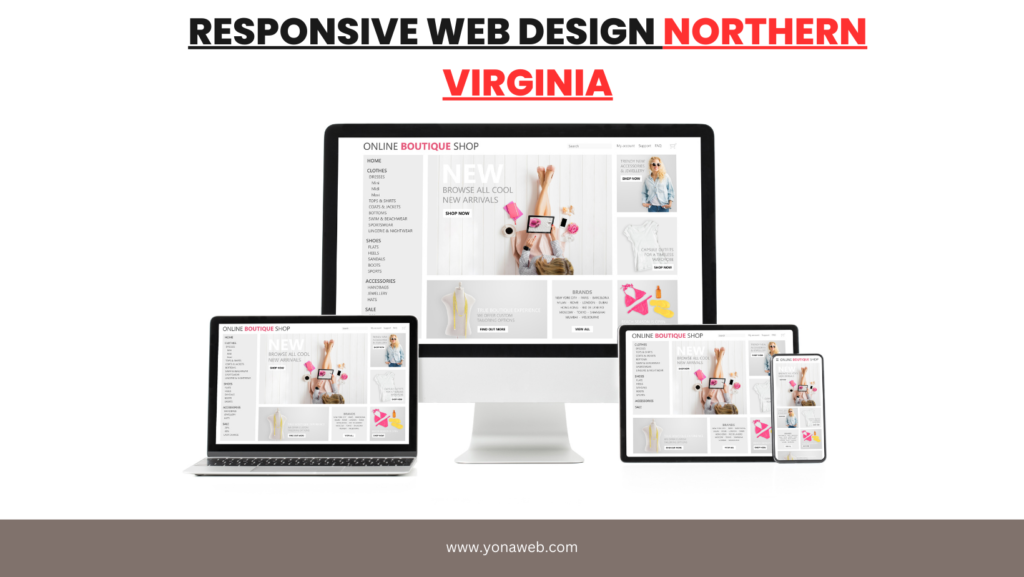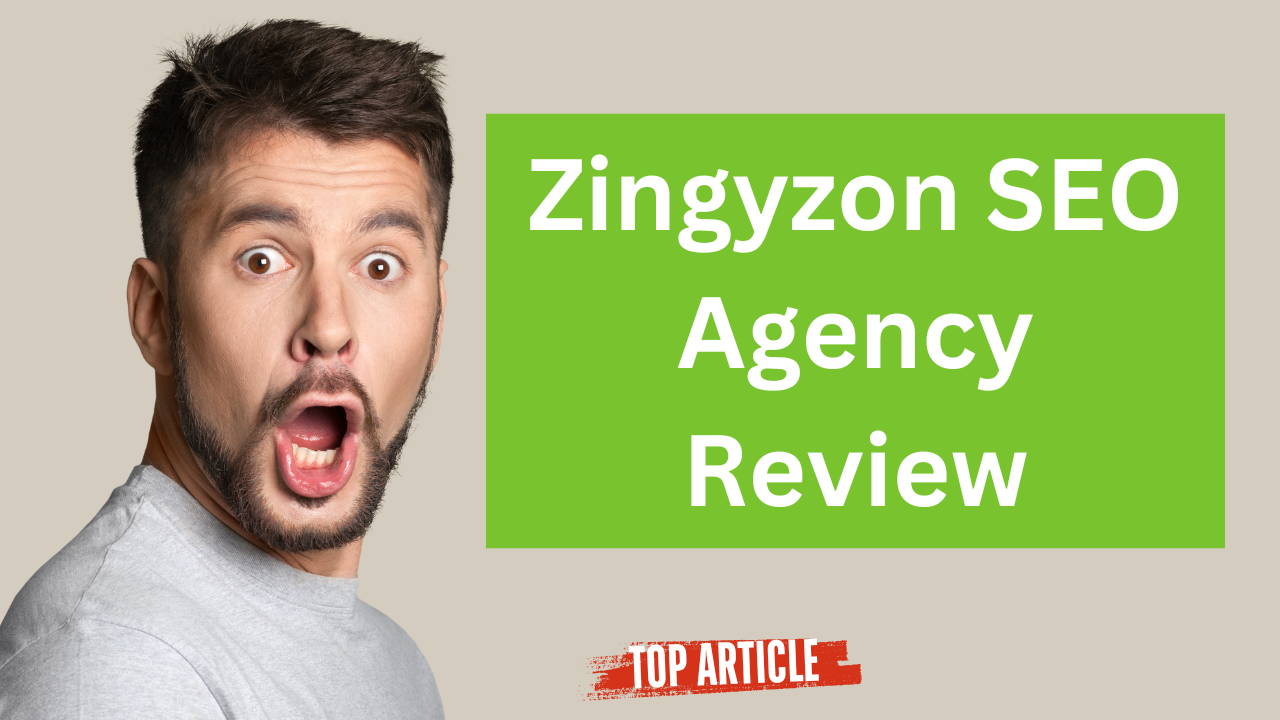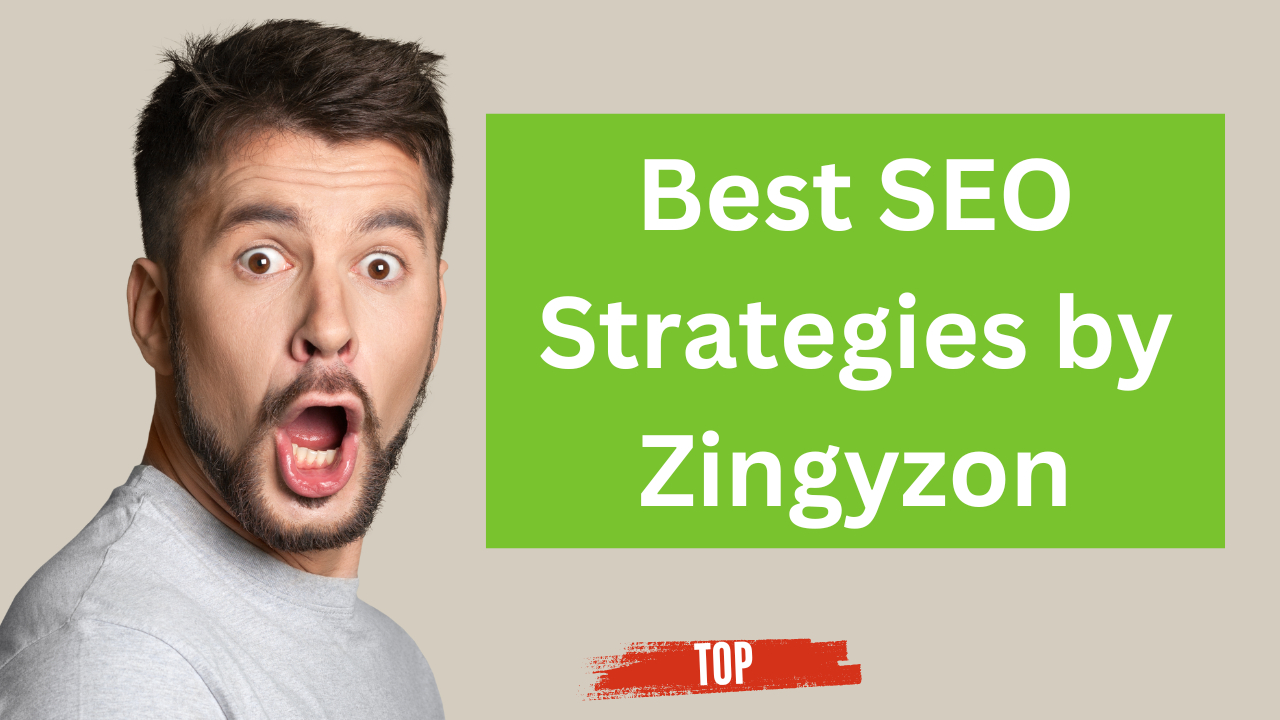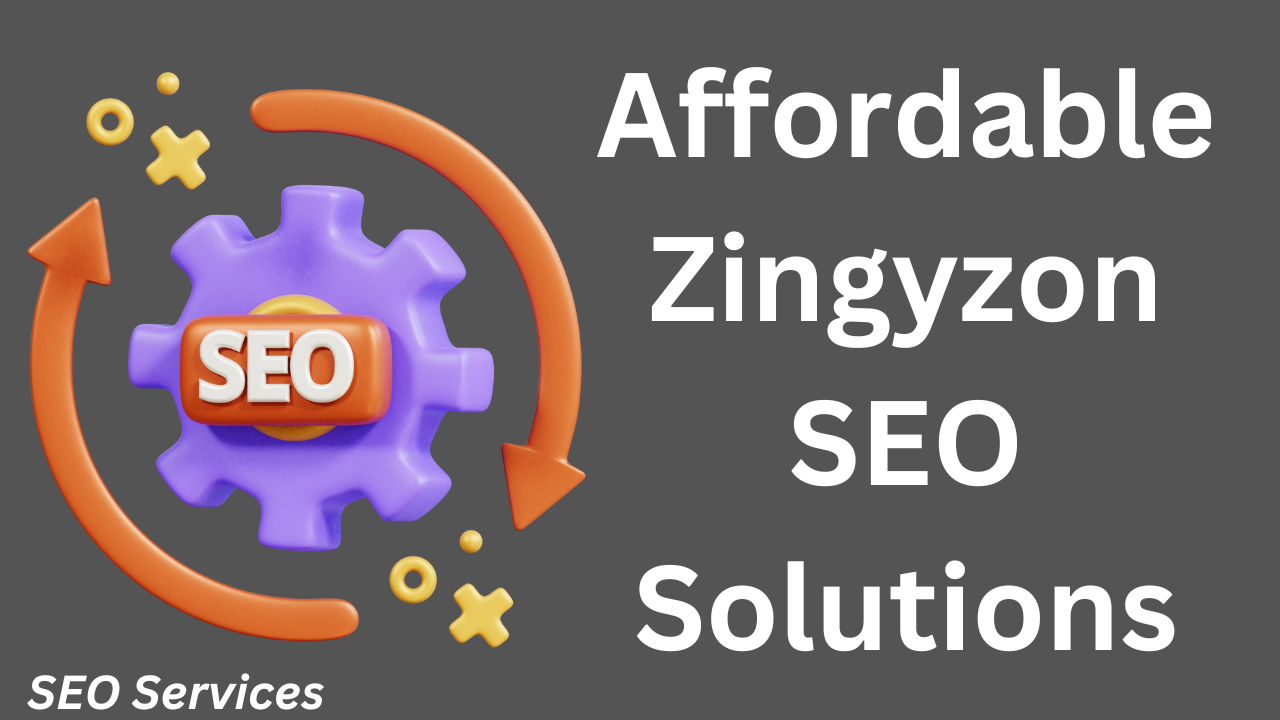Introduction
Web design for startups is an exciting adventure, but it’s also a venture that requires careful planning and smart decisions—especially when it comes to establishing your online presence. For startups, a website is much more than a digital placeholder; it’s a powerful tool that can drive business growth, attract investors, and build credibility. In today’s digital-first world, having a well-designed website is essential for reaching your audience, standing out from the competition, and ensuring long-term success.
But what exactly goes into Web design for startups? What are the essential elements that can turn a basic website into a lead-generating machine, all while staying on budget? Whether you’re launching a new business or refreshing your startup’s existing website, this guide will walk you through the key elements of startup web design and how you can optimize them for your success.
1. Branding and Visual Identity

Your brand is your startup’s unique identity—it’s the story you tell your customers about who you are, what you do, and why they should care. A startup’s website plays a pivotal role in communicating this brand identity. Whether you’re a tech startup developing cutting-edge software or a small business offering artisanal goods, your website needs to visually reflect your brand’s values, mission, and personality. The design elements, color schemes, and typography you choose all contribute to the first impression visitors have of your business.
Moreover, consistency in branding across your website helps to reinforce your message. Every page should echo your brand identity, creating a cohesive experience for users. This consistency can lead to better brand recognition and trust, as customers come to identify and remember your brand. For example, a startup focused on sustainability might use earthy tones and eco-friendly imagery to convey its commitment to the environment. This visual language can resonate deeply with like-minded consumers, fostering a strong connection.
In addition to visual elements, your website’s content is equally important in telling your brand story. Clear, engaging copy that aligns with your brand voice can effectively communicate your mission and value proposition. Whether it’s through storytelling on your homepage or detailed descriptions of your products and services, the words you choose should engage and inform your audience. A well-written website can significantly enhance the user experience, guiding visitors through their journey while maintaining their interest.
remember that user experience (UX) design is integral to how your brand is perceived. An intuitive layout, fast loading times, and mobile responsiveness can enhance user satisfaction and keep visitors coming back. By investing in UX, you ensure that your startup not only looks good but also functions well, leading to higher engagement and conversions. A well-designed website is, therefore, a crucial element in effectively communicating your brand identity and achieving business success.
Elements of Branding in Web Design for Startups
- Logo: Your logo is often the first thing visitors notice on your website. It should be prominently displayed and instantly recognizable.
- Color Scheme: Colors evoke emotions and can help shape how users perceive your brand. Choose a color scheme that aligns with your business values and maintains consistency across your site.
- Typography: Fonts can say a lot about your brand’s personality. A sleek, modern sans-serif font may convey innovation, while a serif font can suggest reliability and tradition. Consistent typography reinforces your brand’s voice.
- Imagery: High-quality images and visuals that relate to your brand can set the tone for your business. Avoid stock images that don’t feel authentic, as they can detract from your credibility.
Brand Consistency Across the Website
One key rule of effective branding in web design is consistency. From the layout to the imagery and even the tone of your content, everything should align with your brand identity. Consistent branding helps visitors immediately recognize your business, fosters trust, and can make a strong first impression. This cohesive design is especially important for startups trying to establish a presence in a competitive market. When your brand elements are uniform, customers are more likely to remember your business and perceive it as credible, which is vital for new companies aiming to build a loyal customer base.
Consistency in design encompasses various aspects, including color schemes, fonts, and visual styles. For instance, using a specific color palette throughout your website can evoke certain emotions and convey your brand’s personality. Similarly, the choice of fonts should reflect your brand’s voice—whether it’s modern and sleek or traditional and trustworthy. By maintaining these elements across all pages, you create a seamless experience that guides users through your content. This visual consistency can differentiate your startup from competitors, helping you carve out a unique niche in the market.
Moreover, the tone of your written content should mirror your brand’s personality. If your startup is youthful and vibrant, your messaging should be casual and friendly. Conversely, a more formal approach might be suitable for a financial or legal service. Consistent language not only enhances user experience but also solidifies your brand identity. When users engage with your content and find it relatable, they are more likely to connect with your brand and convert into customers.
Lastly, integrating consistent branding into your website enhances user trust and loyalty. A disjointed experience—where branding seems haphazard—can lead to confusion and a lack of confidence in your business. Customers might question the quality of your products or services if your site appears unprofessional. In contrast, a well-branded site communicates that you are established and dedicated to providing a positive user experience. For startups, this trust can translate into crucial initial sales and word-of-mouth referrals. Therefore, investing time and resources into creating a consistent brand presence online is essential for long-term growth and recognition.
2. Clear Value Proposition
Why a Clear Message Matters

In the fast-paced digital world, you only have a few seconds to grab a visitor’s attention. The moment someone lands on your website, they should immediately understand who you are, what you offer, and why it matters to them. This is where your value proposition comes into play. A strong value proposition explains what sets your startup apart from the competition and why potential customers should choose you.
Key Elements of an Effective Value Proposition
- Clarity: Avoid jargon or overly complex language. Your value proposition should be simple, concise, and easy to understand.
- Benefit-Oriented: Focus on how your product or service solves a problem for your audience or adds value to their lives.
- Prominent Placement: Your value proposition should be one of the first things visitors see on your homepage, typically within the hero section (the top part of the page).
- Supporting Details: Use headlines, subheadings, and brief explanations to expand on your value proposition, but keep it punchy and engaging.
A compelling value proposition is one of the core elements of Web design for startups, ensuring that users are engaged from the moment they visit your site. For example, if you’re a startup offering a cutting-edge SaaS product, your value proposition should quickly explain what problem your software solves and why it’s better than the competition.
3. Mobile-Responsive Design
The Importance of Mobile Optimization for Startups
With over half of all web traffic coming from mobile devices, having a mobile-responsive website is no longer optional—it’s critical. Startups that fail to optimize their websites for mobile users risk alienating a huge portion of their audience. A responsive design ensures that your website looks and functions well across all devices, from desktop computers to smartphones and tablets. This adaptability not only improves user experience but also enhances your site’s SEO ranking, as search engines favor mobile-friendly designs.
Creating a mobile-responsive website involves using flexible grids and layouts that adjust to different screen sizes. Techniques like media queries in CSS allow you to apply different styles based on the device’s characteristics, ensuring that images, text, and buttons resize appropriately. This dynamic approach provides a seamless experience for users, allowing them to navigate your site effortlessly, regardless of the device they are using. For startups, this can significantly reduce bounce rates and increase the likelihood of conversions, as users are more likely to engage with content that is easy to access and read on their screens.
In addition to the technical aspects, understanding your audience’s behavior on mobile devices is essential. Many users rely on their smartphones for quick access to information, making it vital that your website loads quickly and presents key information prominently. Simplifying navigation and ensuring that call-to-action buttons are easily clickable can make a substantial difference in user engagement. Startups should prioritize the most crucial elements of their websites to create a straightforward yet effective mobile experience, leading to higher customer satisfaction.
Moreover, analytics tools can provide valuable insights into how users interact with your mobile site. By tracking metrics such as page views, time spent on the site, and conversion rates, you can identify areas for improvement. Regularly testing your website on various devices ensures that it performs optimally, allowing you to stay ahead of the competition. In today’s fast-paced digital landscape, a mobile-responsive website is not just an enhancement; it’s a necessity for startups looking to thrive and expand their reach.
Key Features of Mobile-Responsive Web Design for Startups

- Flexible Layouts: Mobile-responsive websites use flexible grids that adjust based on the screen size, ensuring that your site looks great whether it’s viewed on a large desktop monitor or a small smartphone screen.
- Touch-Friendly Navigation: For mobile users, it’s essential that buttons, links, and menus are large enough to tap easily. Complicated navigation or small, hard-to-click elements can frustrate users and cause them to leave your site.
- Fast Load Times: Mobile users tend to have less patience for slow-loading sites. A well-designed startup website should prioritize performance and load times, as every second of delay can lead to a significant drop in conversions.
- Content Prioritization: Not all content is suited for mobile devices. When designing for mobile, it’s essential to prioritize the most important information and simplify the user journey to match the mobile experience.
The SEO Benefits of Mobile Optimization
Google’s algorithms prioritize mobile-friendly websites, meaning that mobile optimization is not just good for user experience—it’s also critical for search engine optimization (SEO). By ensuring your startup’s website is mobile-responsive, you’ll not only keep visitors happy but also increase your chances of ranking higher in search results. This is especially important for startups that rely on organic traffic to establish their online presence.
Mobile optimization involves several design elements, including flexible layouts, scalable images, and easy navigation that caters to users on smaller screens. Websites that are designed with mobile users in mind tend to load faster, making them more appealing to visitors. A seamless mobile experience encourages users to explore your business further, which can lead to higher engagement and conversion rates.
Furthermore, the importance of mobile optimization extends beyond user experience. A well-optimized website can significantly enhance your startup’s visibility on search engines. Google’s mobile-first indexing means that the mobile version of your site is considered the primary version. Therefore, if your website isn’t optimized for mobile devices, you risk losing valuable traffic and potential customers.
Investing in mobile-friendly web design is a critical step in your startup’s development strategy. It ensures that your business remains competitive in a digital landscape where users increasingly access information via smartphones and tablets. Prioritizing mobile optimization can yield significant returns, not only in search engine rankings but also in customer satisfaction and retention. As you develop your website, remember that the goal is to create a positive user experience that will benefit both your startup and your audience.
4. SEO Optimization
Why SEO is Essential for Startups
Search engine optimization (SEO) is the practice of optimizing your website to rank higher in search engine results. For startups, especially those with limited marketing budgets, SEO can be a powerful way to drive organic traffic and grow your customer base without relying on paid advertising. By implementing SEO from the outset, you can create a strong foundation that will enhance your visibility in search results over time.
To maximize the benefits of SEO, it’s crucial to integrate best practices into your web design. This includes creating a user-friendly experience that keeps visitors engaged and encourages them to explore your site. Tailored solutions, such as optimizing page load speeds and ensuring mobile responsiveness, can significantly impact your SEO performance. Additionally, incorporating effective keywords throughout your content can help attract the right audience.
For startups seeking inspiration, there are many agencies that offer valuable tips and solutions for effective SEO strategies. Exploring articles that highlight successful case studies can provide ideas for your own approach. Building a team with expertise in SEO can help you implement these strategies effectively, ensuring your startup stands out in a competitive market.
SEO Best Practices in Web Design for Startups
- Keyword Research: Start by identifying the keywords that your potential customers are searching for. Use these keywords strategically throughout your website, including in titles, headers, and meta descriptions.
- Optimized Content: Every page on your website should offer valuable, informative content that’s optimized for both search engines and users. Long-tail keywords, relevant topics, and high-quality content can help boost your rankings.
- Fast Load Times: Search engines like Google factor load times into their ranking algorithms. Optimizing your website’s speed through efficient coding, image compression, and content delivery networks (CDNs) can improve both user experience and SEO performance.
- Internal and External Links: A good web design strategy includes internal links that guide users through your website and external links to reputable sources that can boost your SEO credibility.
- Metadata: Don’t overlook the importance of well-crafted meta titles and descriptions. These are the snippets of text that appear in search results and can influence click-through rates.
Local SEO for Startups
For startups with a local focus, such as a brick-and-mortar shop or a local service provider, optimizing for local search is crucial. By incorporating local keywords, like “web design for startups in [city],” you can improve your visibility in relevant searches. This targeted approach helps potential customers discover your business when searching for services in their area.
Additionally, creating a Google My Business listing is essential for local optimization. This free tool allows you to manage your online presence across Google, including search results and maps. By providing accurate and up-to-date information, you increase your chances of appearing in local search results. A well-optimized profile can significantly enhance your visibility and attract nearby customers.
Many companies have successfully implemented these strategies, showcasing the effectiveness of a focused local SEO approach. For example, businesses using platforms like Webflow can create custom, visually appealing websites that resonate with local audiences. This process helps startups build a strong online presence and connect with their community.
5. Fast Load Times and Site Performance
Why Performance is Critical for Startups
In the digital world, speed is everything. Studies show that users expect websites to load within two to three seconds, and anything slower can result in higher bounce rates and lost conversions. For startups aiming to create a professional online presence, investing in fast-loading websites is crucial. A well-designed site that prioritizes speed enhances user experience and keeps potential customers engaged.
Additionally, effective web design plays a vital role in the overall development of your business. By collaborating with an experienced agency, startups can ensure that their websites are not only visually appealing but also optimized for performance. This can significantly impact how users perceive the brand and influence their purchasing decisions.
To guide your startup’s success, consider the essential services offered by professional web design agencies. They can help create tailored solutions that meet your specific needs, focusing on user-friendly interfaces and rapid loading times. Ultimately, a strategic approach to web design can elevate your startup and position it for growth in a competitive market.
How to Optimize Your Website’s Performance
- Image Optimization: Large images are often the biggest culprit for slow load times. Compress images before uploading them to your site to ensure they load quickly without sacrificing quality.
- Efficient Coding: Clean, efficient code is crucial for performance. Avoid bloated code or unnecessary plugins that can slow down your site.
- Content Delivery Networks (CDNs): CDNs can distribute your website’s content across various servers worldwide, reducing load times for users who are far from your primary server.
- Caching: Implement browser caching so that returning users don’t have to reload your entire website from scratch every time they visit. This can significantly speed up load times for repeat visitors.
- Minimal Plugins: If you’re using a content management system (CMS) like WordPress, try to limit the number of plugins you install. Too many plugins can slow down your site and introduce security vulnerabilities.
Fast load times are essential not just for user experience but also for SEO, as search engines favor websites that load quickly.
Conclusion: Building a Startup Website That Drives Success
In conclusion, Web design for startups involves more than just a pretty layout—it requires strategic planning and a focus on branding, user experience, mobile optimization, and performance. By incorporating these essential elements into your startup’s web design, you can build a site that attracts visitors, converts leads, and grows with your business.
Whether you’re building your first startup website or revamping an existing one, remember that investing in quality web design is an investment in your business’s future success. With the right approach, your website can become.
Ready to transform your startup’s online presence? Partner with us to create a strategically designed website that not only looks great but also performs exceptionally. Contact us today for a free consultation and take the first step toward building a site that attracts visitors and grows your business!
Thanks for reading my post



